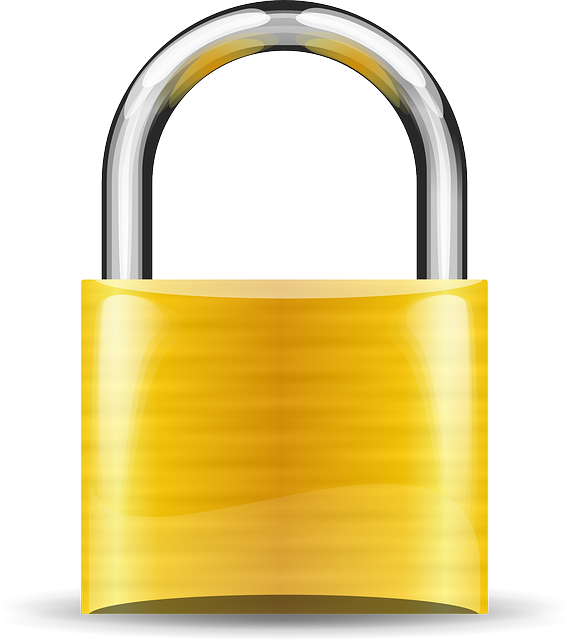As senior populations grow, ensuring their safety becomes crucial. Traditional monitoring is inefficient, prompting the rise of caregiver-connected systems with fall detection devices as a core component. These technologies use sensors and algorithms to detect falls promptly, alerting caregivers or emergency services for immediate assistance. Integrated into wearable tech or smart homes, they offer peace of mind, real-time tracking, and quick response times, empowering seniors to maintain independence while enhancing safety through remote monitoring. Effective implementation requires strategic assessment, robust encryption, training, and open communication to manage system limitations.
In today’s digital era, ensuring the safety of our aging population has become a paramount concern. With an increasing number of seniors living independently, caregiver-connected safety systems offer a revolutionary approach to monitoring their well-being. This article delves into the critical need for senior safety monitoring, focusing on fall detection devices as game-changers in caregiving. We explore the components of effective systems and their numerous benefits, providing strategies for successful implementation to enhance the lives of seniors and their caregivers.
- Understanding the Need for Senior Safety Monitoring
- Fall Detection Devices: A Game-Changer in Caregiving
- Components of Effective Caregiver-Connected Safety Systems
- Benefits and Implementation Strategies for Senior Monitoring
Understanding the Need for Senior Safety Monitoring
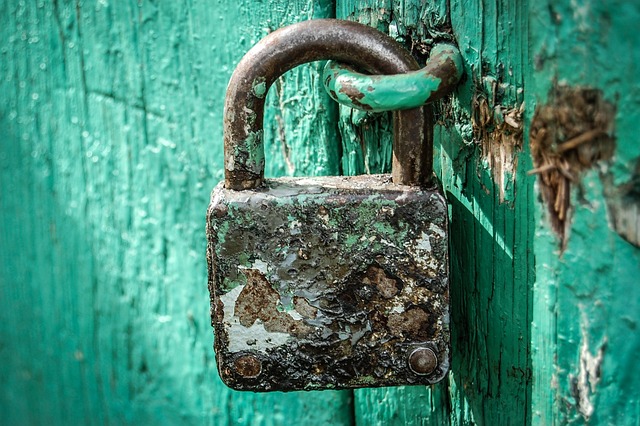
As our population ages, ensuring the safety and well-being of seniors becomes an increasingly critical concern. The elderly are more susceptible to falls, which can lead to serious injuries and even death. This heightened risk highlights the need for proactive senior safety monitoring solutions. Traditional methods often rely on manual checks or self-reporting, which can be unreliable and time-consuming. Here’s where caregiver-connected safety systems step in as a game-changer.
Fall detection devices are at the forefront of this revolution, providing continuous surveillance without infringing on seniors’ independence. These innovative technologies employ various sensors and algorithms to detect unusual movements or inactivity, promptly alerting caregivers if a fall occurs. By integrating such devices into daily routines, we can foster a safer environment for our aging population while allowing them to maintain their autonomy.
Fall Detection Devices: A Game-Changer in Caregiving
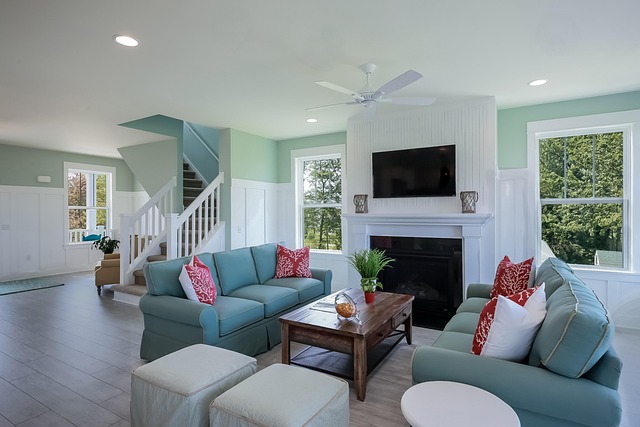
Fall Detection Devices: Revolutionizing Senior Care
In today’s digital era, caregiver-connected safety systems have emerged as a game-changer in senior monitoring. Among these innovations, fall detection devices stand out as one of the most impactful tools. These devices, often integrated into wearable technology or smart home systems, are designed to promptly identify and respond to falls, enabling faster medical assistance and enhancing overall safety. By leveraging advanced algorithms and sensors, they can differentiate between routine movements and sudden falls, ensuring that help arrives swiftly.
This technology is particularly crucial for elderly individuals living alone, as it provides peace of mind for both seniors and their caregivers. With real-time fall detection, caregivers can remotely monitor their loved ones’ well-being, allowing them to intervene quickly when needed. Moreover, these devices often include features like automatic alert systems that notify emergency services or family members, making response times faster and improving outcomes during falls.
Components of Effective Caregiver-Connected Safety Systems
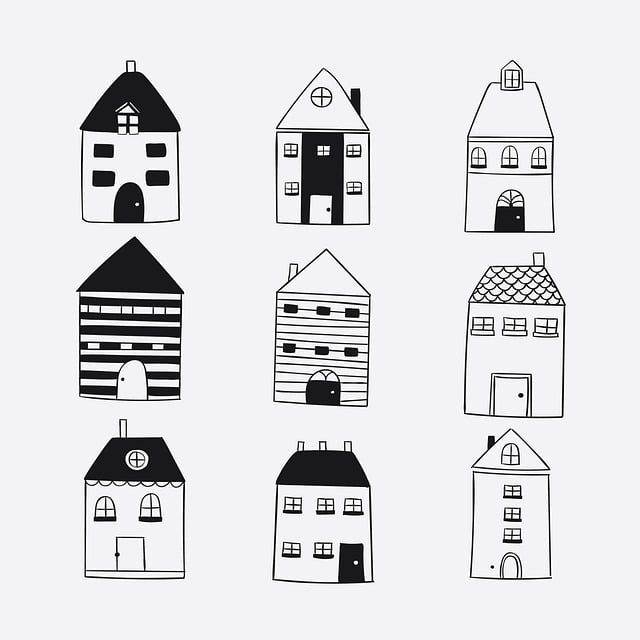
Effective caregiver-connected safety systems for senior monitoring encompass several key components that work together to ensure comprehensive protection. One of the most critical elements is fall detection devices. These innovative tools are designed to recognize and respond to falls, providing immediate alerts to caregivers or emergency services. Whether they rely on wearable sensors, bed-based mats, or other technologies, fall detection devices can offer peace of mind by enabling prompt medical intervention when needed.
Complementing fall detection, these systems often include real-time communication features that facilitate quick responses between seniors and their caregivers. Push buttons, mobile apps, and voice activation allow seniors to call for help even if they are unable to reach a phone or get up. Additionally, integration with smart home devices can enable automatic adjustments like turning on lights or activating emergency protocols in the event of a fall or other incidents, enhancing overall safety and independence.
Benefits and Implementation Strategies for Senior Monitoring
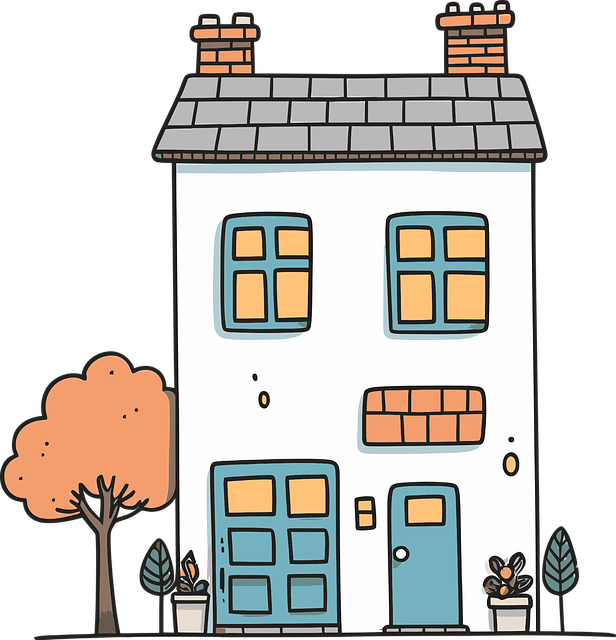
Caregiver-connected safety systems, incorporating advanced technologies like fall detection devices, offer a multitude of benefits for senior monitoring. These systems provide continuous, real-time tracking and immediate alerts in case of emergencies, ensuring swift response times to potential risks such as falls, which is a significant concern among elderly populations. By leveraging wearable sensors or smart home integration, caregivers can remotely monitor their loved ones’ activities, detecting unusual patterns that might indicate distress or health deterioration. This proactive approach not only enhances safety but also promotes independent living by providing peace of mind for both seniors and their families.
Implementing these systems requires a strategic approach. Caregivers should first assess the individual’s needs and choose devices tailored to specific requirements. Privacy and data security are paramount, so selecting reputable providers with robust encryption measures is essential. Training on how to use and maintain the devices is equally important to ensure effective adoption. Additionally, fostering open communication between seniors, caregivers, and healthcare professionals can facilitate better understanding of system limitations and potential false alarms, enhancing overall effectiveness.
Caregiver-connected safety systems, with a focus on fall detection devices, offer a transformative approach to senior monitoring. By integrating these innovative solutions, care providers can significantly enhance the quality of life for elderly individuals while ensuring their well-being and safety. The benefits are clear: improved response times, reduced risk of injury, and increased independence. With proper implementation strategies, these systems can revolutionize caregiving, creating a more secure and supportive environment for seniors in today’s digital era.
